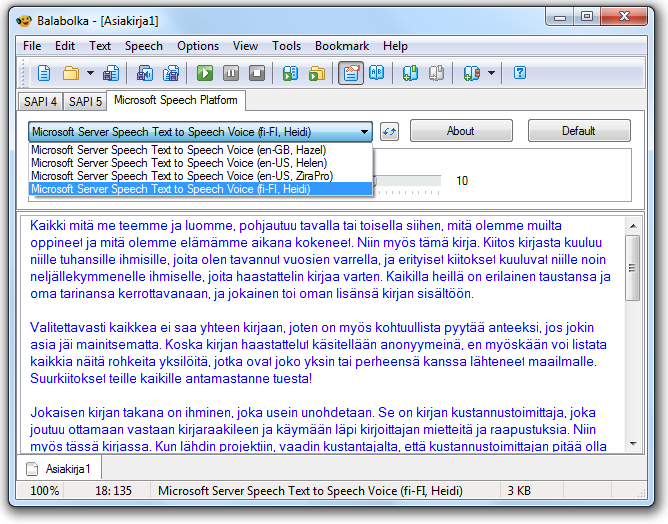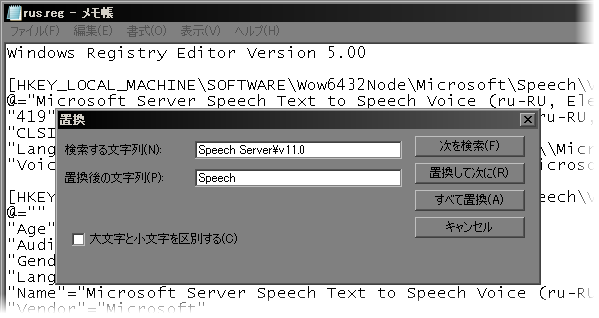More Voices For Microsoft Speech
The Microsoft Speech SDK 5.1 adds Automation support to the features of the previous version of the Speech SDK. You can now use the Win32 Speech API (SAPI. Microsoft Speech API The Speech Application Programming Interface or SAPI is an API developed. The SAPI 5.1 SDK installs 2 more voices, Mike and Mary.
This article is about the Speech API. For other uses, see. The Speech Application Programming Interface or SAPI is an developed by to allow the use of and within applications. Wacht Am Rhein Patch.
To date, a number of versions of the API have been released, which have shipped either as part of a Speech, or as part of the Windows itself. Applications that use SAPI include, and. In general all versions of the API have been designed such that a software developer can write an application to perform speech recognition and synthesis by using a standard set of interfaces, accessible from a variety of programming languages. In addition, it is possible for a 3rd-party company to produce their own Speech Recognition and engines or adapt existing engines to work with SAPI.
In principle, as long as these engines conform to the defined interfaces they can be used instead of the Microsoft-supplied engines. In general the Speech API is a freely redistributable component which can be shipped with any Windows application that wishes to use speech technology. Many versions (although not all) of the speech recognition and synthesis engines are also freely redistributable. There have been two main 'families' of the Microsoft Speech API. SAPI versions 1 through 4 are all similar to each other, with extra features in each newer version.
SAPI 5 however was a completely new interface, released in 2000. Since then several sub-versions of this API have been released.

Contents • • • • • • • • • • • • • • • • • • • • • • Basic architecture [ ] The Speech API can be viewed as an interface or piece of middleware which sits between applications and speech engines (recognition and synthesis). In SAPI versions 1 to 4, applications could directly communicate with engines. The API included an abstract interface definition which applications and engines conformed to.

Applications could also use simplified higher-level objects rather than directly call methods on the engines. In SAPI 5 however, applications and engines do not directly communicate with each other. Instead, each talks to a component ( sapi.dll). Acer Aspire 3503wlmi Drivers here. There is an API implemented by this component which applications use, and another set of interfaces for engines.
Typically in SAPI 5 applications issue calls through the API (for example to load a recognition grammar; start recognition; or provide text to be synthesized). The sapi.dll runtime component interprets these commands and processes them, where necessary calling on the engine through the engine interfaces (for example, the loading of a grammar from a file is done in the runtime, but then the grammar data is passed to the recognition engine to actually use in recognition). The recognition and synthesis engines also generate events while processing (for example, to indicate an utterance has been recognized or to indicate word boundaries in the synthesized speech). These pass in the reverse direction, from the engines, through the runtime dll, and on to an event sink in the application. In addition to the actual API definition and runtime dll, other components are shipped with all versions of SAPI to make a complete Speech. The following components are among those included in most versions of the Speech SDK: • API definition files - in and as C or C++ header files. • Runtime components - e.g.